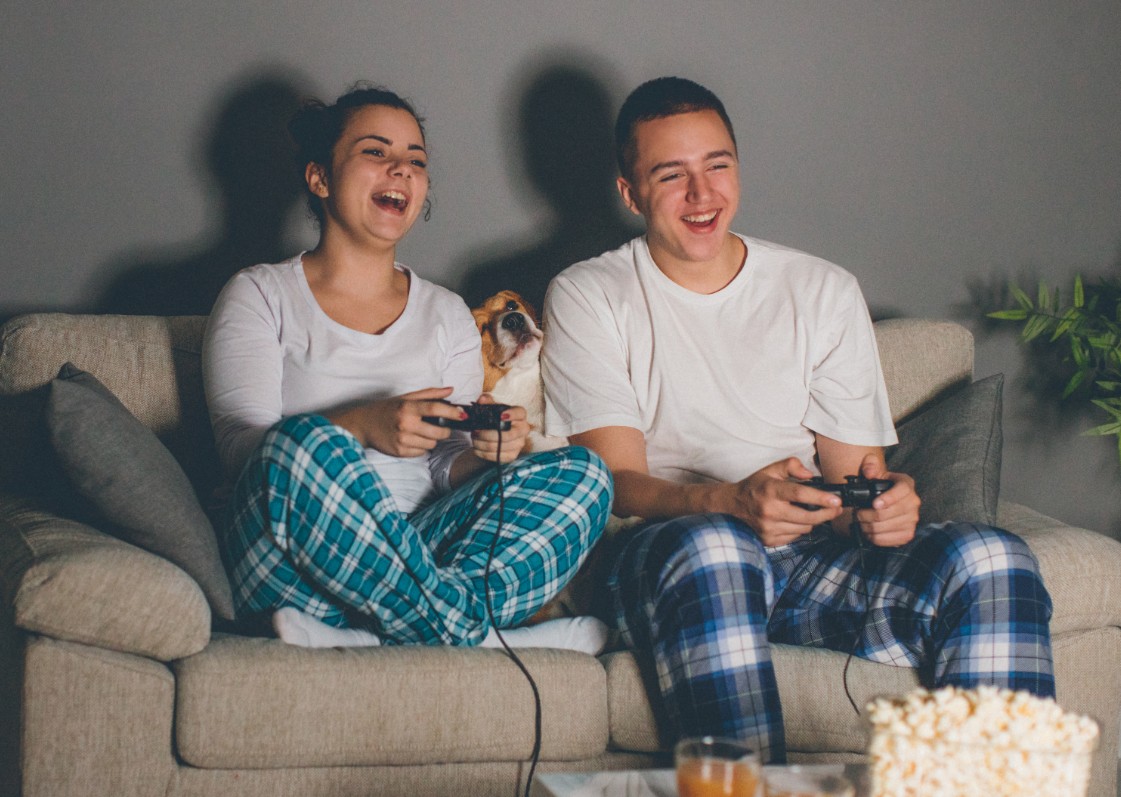
Flashing lights
Fast facts
-
1People who have seizures triggered by flashing lights or high contrast patterns, have photosensitive epilepsy
-
2Only about 3 in 100 people with epilepsy have photosensitive epilepsy
-
3People with photosensitive epilepsy are often sensitive to a specific rate of flicker. This is measured in Hertz (Hz). People tend to find seizures are triggered in the range between 5 Hz and 50 Hz
-
4Rates of flicker at 65 Hz or above tend not to be an issue for people with photosensitive epilepsy
-
5Doctors can check if you are photosensitive during an EEG test
-
6Photosensitive epilepsy is more common in people who have a syndrome such as juvenile myoclonic epilepsy or juvenile absence epilepsy
About 3 in a 100 people with epilepsy have photosensitive epilepsy
Triggers for people with photosensitive epilepsy
What people are sensitive to is very individual, not everything will affect every person with photosensitive epilepsy. There are many possible sources of flashing light or flickering. It could be:
Possible triggers


Stobe lighting
The content on a screen
Things in nature such as sun reflecting on water, or dappled sunlight through trees or railings
Patterns such a strong stripes, checks or repetitive patterns
A ceiling fan rotating quickly. Looking at light through it could be a seizure trigger
Faulty lights, that develop a flicker
Modern TV and computer screens shouldn’t flicker so are unlikely to be a seizure trigger for most people. In the past, screens used different technology and could cause people problems.

Top tips
It’s a common misconception for people to think that everyone with epilepsy is sensitive to flashing lights. In fact only about 3% of people with epilepsy have photosensitive epilepsy. These tips are for people who have photosensitive epilepsy:
- Be aware of your possible seizure triggers and try to avoid them
- Sit well back from the screen when watching TV
- Take regular screen breaks
- Avoid playing video games when you’re tired. It could increase your risk of having a seizure
- Find out before you go to a club/gig/festival if there will be strobe lighting. The organisers should know
- There are no regulations for displaying flashing images on the internet – flashing content may appear with no warning. And sometimes people deliberately post flashing content
- Check your settings – if you use social media did you know you on most platforms you can change the settings to disable autoplay – this might help to avoid unexpected flashing content
Action to reduce the chance of a photosensitive triggered seizure
- Look away from the trigger
- Cover one eye
- Move away from the trigger if you can
- Don’t close your eyes, because this could cause a flicker effect
Stories by you
Read Anky’s story about how she managed having photosensitive epilepsy
Read Brooke’s story I have photosensitive epilepsy

Do something
If you have photosensitive epilepsy, have think if about if there is there anything that would help you to avoid your triggers?
More info
Give us feedback
Have you found The Epilepsy Space helpful?
Take 1 minute to give us some feedback
Give feedback






